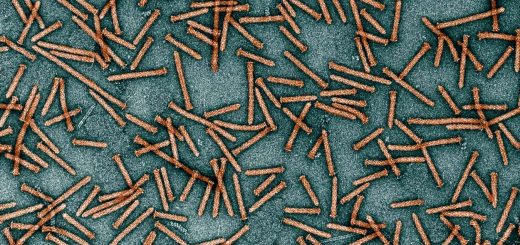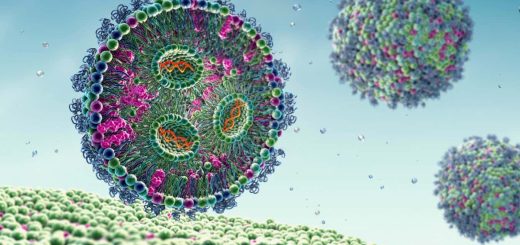Geoengineering could avoid climate tipping points, but not if we delay
Putting aerosols in the stratosphere to reflect sunlight could prevent the shutdown of key ocean currents, but only if it is done soon, a computer model suggests
By Michael Le Page
8 July 2025
Adding sunlight-reflecting particles into the upper atmosphere could help cool the climate
alexnako/Shutterstock
One of the many dangers of continuing to pump carbon dioxide into the atmosphere is that we could trigger tipping points such as the shutdown of crucial ocean currents. Now, a modelling study suggests that injecting aerosols into the stratosphere to reflect sunlight will reduce this risk – but also that this action will be much less effective if it starts in 2080 rather than very soon.
“My conclusion from this is if you’re serious about preventing tipping [points], you need to take solar radiation management seriously, which means researching its potential benefits and its risks,” says Claudia Wieners at Utrecht University in the Netherlands.
Read more
Plan to refreeze Arctic sea ice shows promise in first tests
Tipping points refer to changes that couldn’t be reversed for many centuries, if at all. They include the slowdown or halting of ocean currents that play a key role in global climate by transporting immense amounts of heat.
One is the Atlantic meridional overturning circulation (AMOC), which carries heat from the tropics to Europe. If it collapses, there could be rapid sea level rise in North America, a severe drop in temperatures in northern Europe and serious disruption to monsoons across Asia.
Stratospheric aerosol injection is a proposed form of geoengineering that involves adding sunlight-reflecting particles to the upper atmosphere using planes, balloons or rockets.


